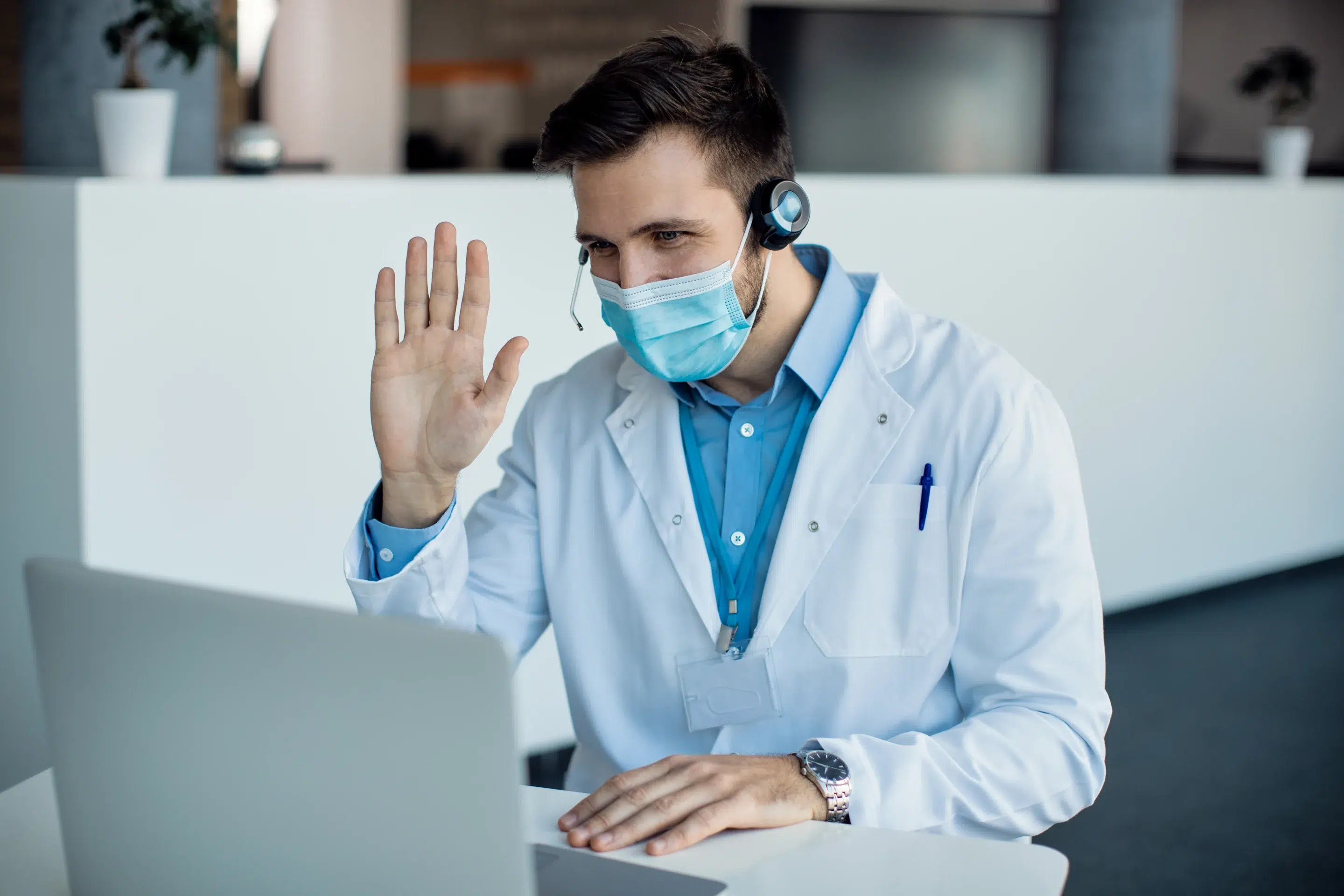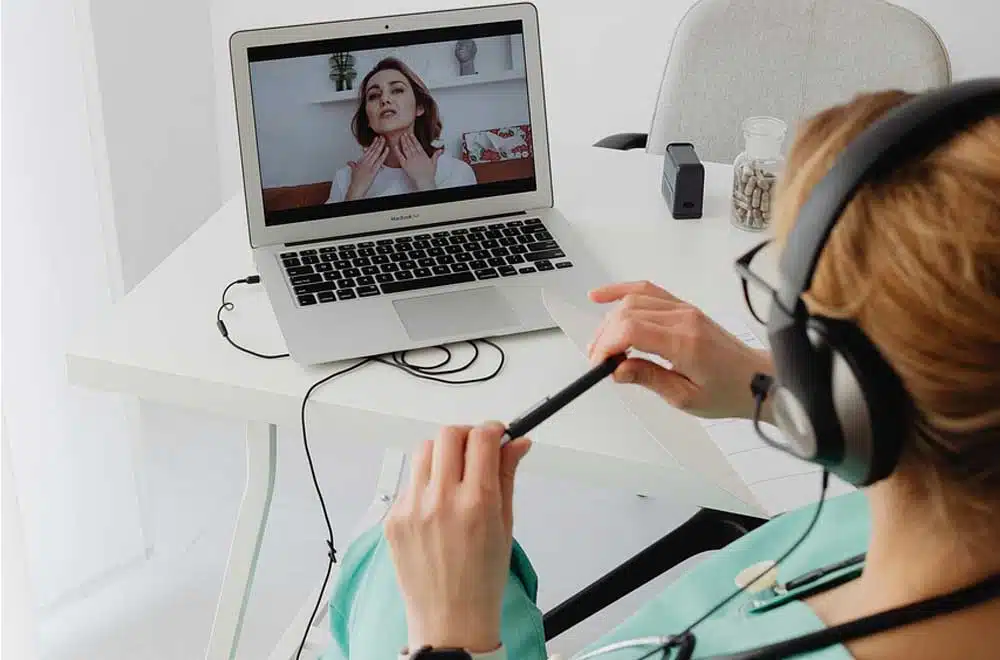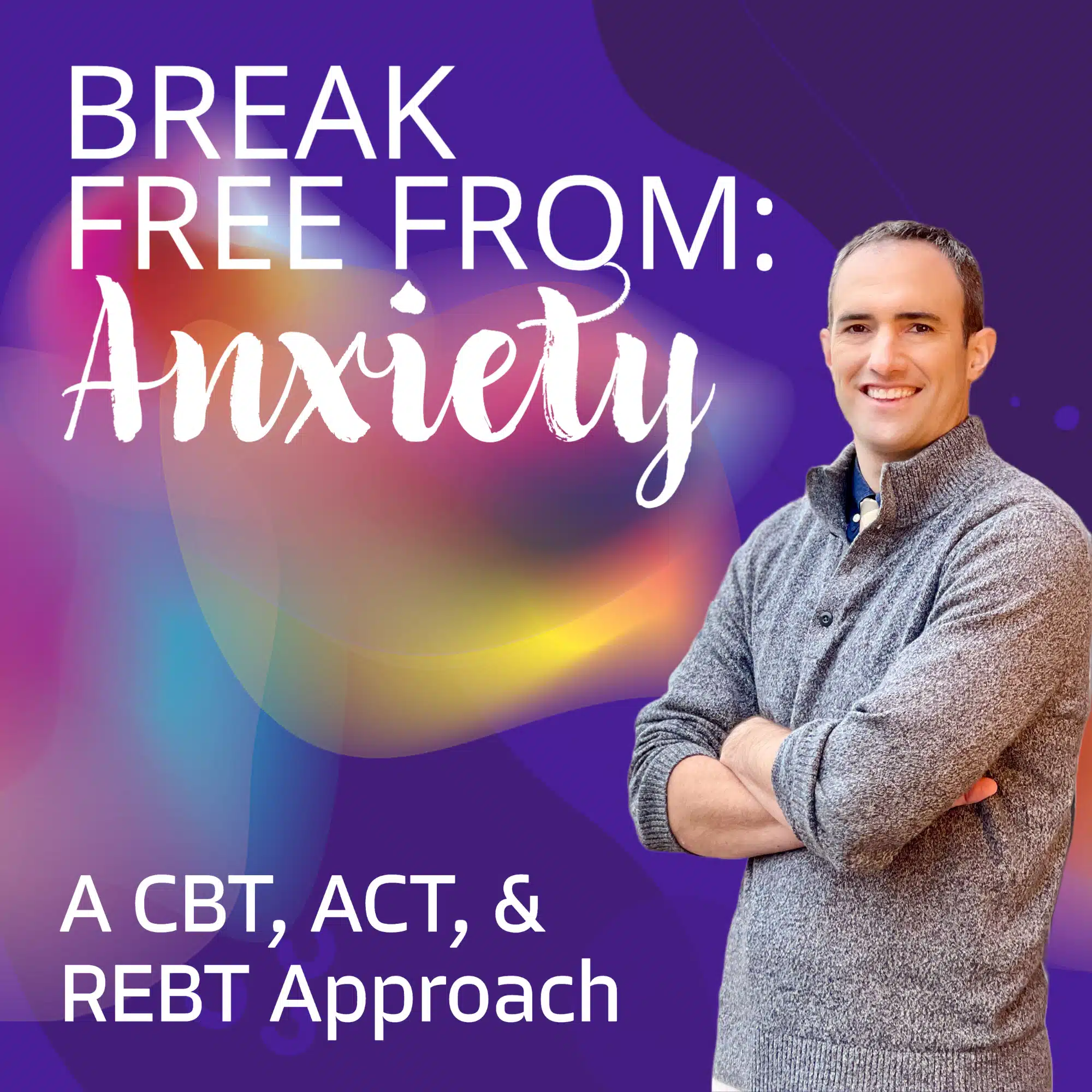Porn addiction can quietly erode mental and relational well-being. This article explores practical strategies for overcoming porn addiction—through identifying triggers, replacing unhealthy behaviors, and seeking professional support, including online therapy and telepsychiatry.
KEY TAKEAWAYS
-
Porn addiction often masks deeper emotional or stress-related issues—not a moral flaw.
-
Behavioral tools like CBT and ACT help you understand triggers and reframe unhealthy routines.
-
Replacing porn use with healthier habits helps disrupt the urge cycle.
-
Online therapy offers privacy, convenience, and consistent accountability.
-
Recovery is an ongoing journey—progress is made one step at a time.
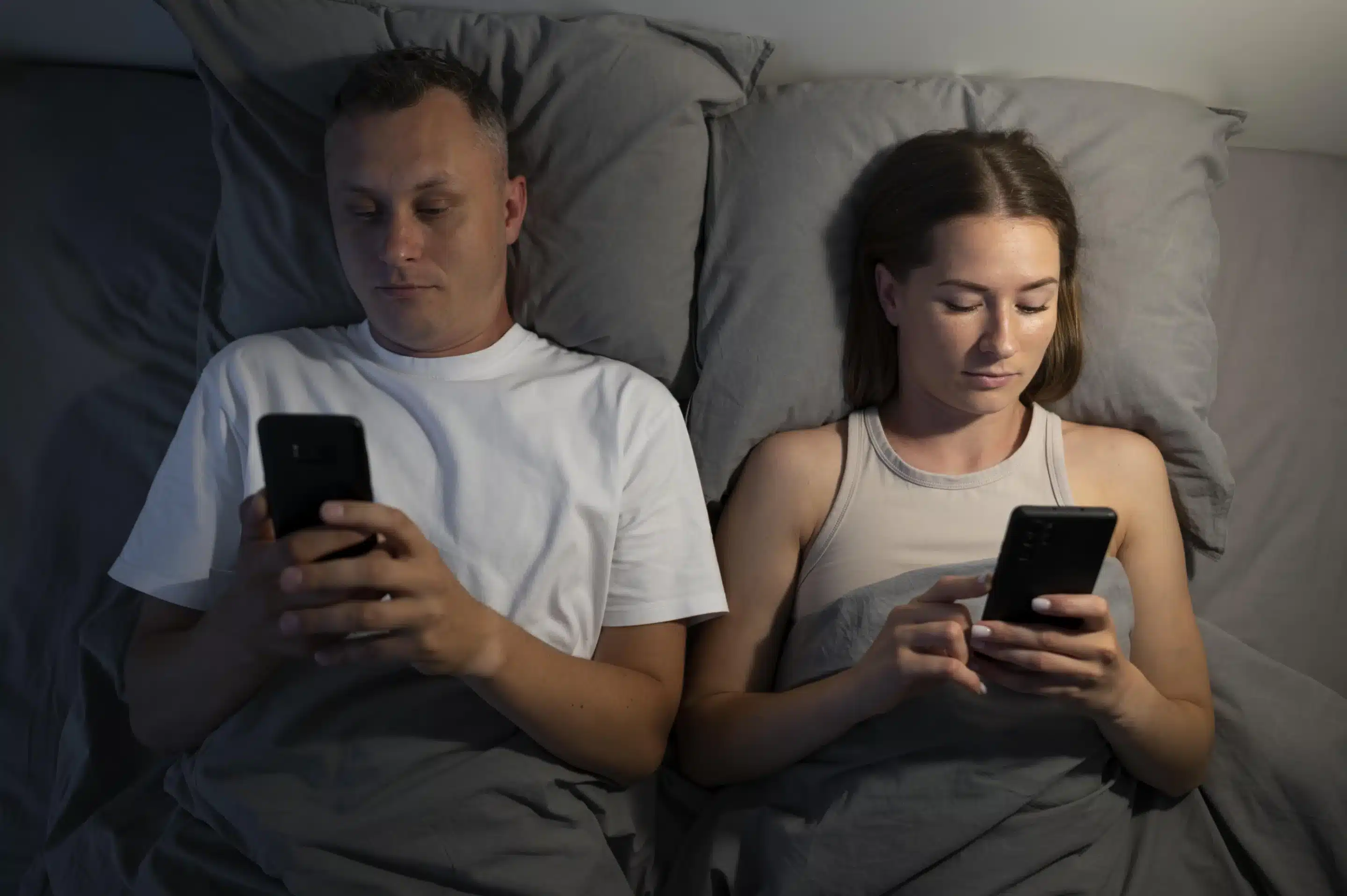
The first step toward overcoming porn addiction is recognizing that it’s a problem—and that change is both necessary and possible. Porn addiction is often misunderstood, minimized, or shamed, making it harder for individuals to open up about their struggle. Yet it’s more common than many think, and its effects on mental health, focus, relationships, and self-esteem are very real. Acknowledging it without judgment is the beginning of healing.
Understanding Porn Addiction
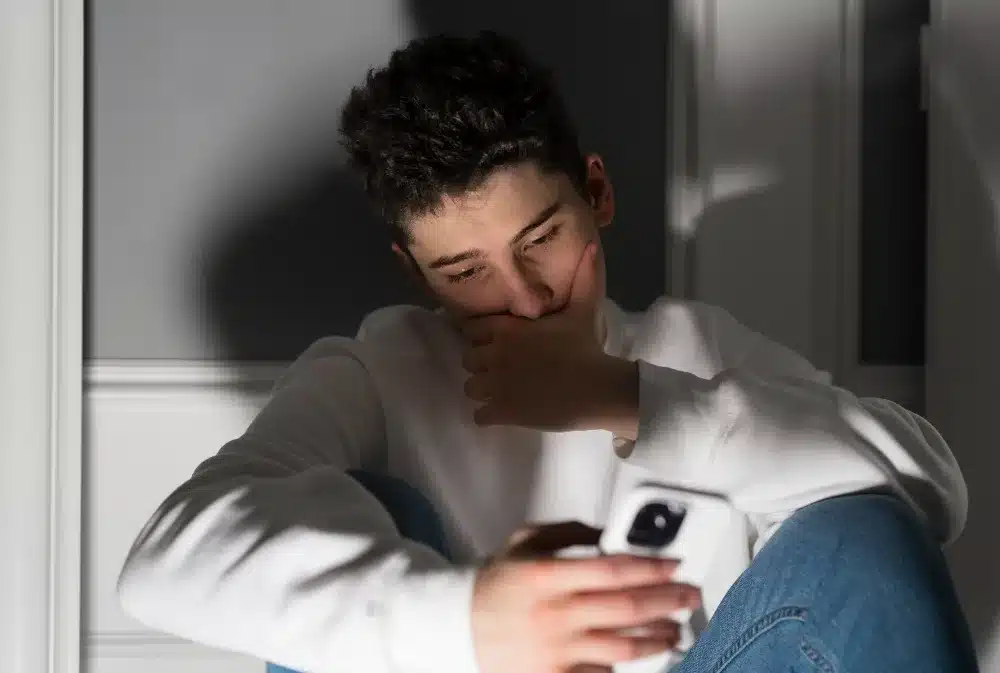
Porn addiction often develops from deeper emotional needs—such as the desire to escape loneliness, anxiety, or low self-worth. While watching porn occasionally is not inherently harmful, addiction occurs when it becomes a compulsive behavior that interferes with daily life, responsibilities, and emotional connections.
At its core, addiction is about seeking temporary relief from discomfort. Over time, the brain becomes conditioned to seek the dopamine rush porn provides. This reinforcing cycle makes porn a preferred coping mechanism for stress or emotional pain. “Addiction of any kind often masks unmet emotional needs. Recovery starts when those needs are identified and treated,” says Dr. Bruce Bassi, M.D., a psychiatrist with TelepsychHealth.
The Mental Health Impact of Porn Addiction
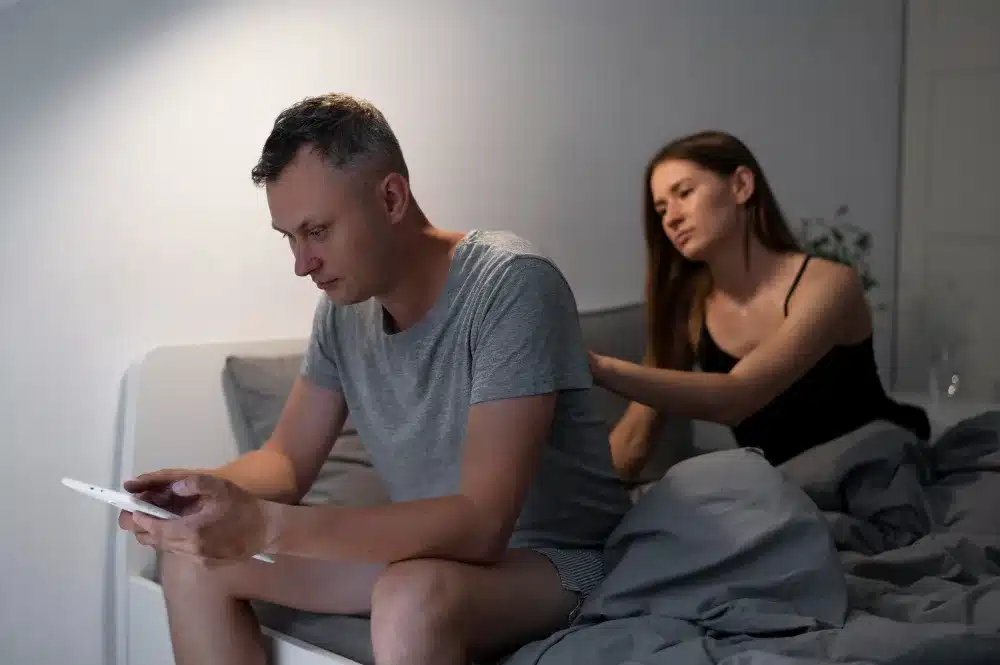
Porn addiction can increase feelings of guilt, shame, anxiety, isolation, and may even distort perceptions of intimacy. It can interfere with real-world relationships, reduce focus, and exacerbate depression. When these symptoms start to affect your life, it’s time to seek structured mental health support like online psychiatric treatment.
At TelepsychHealth, our licensed therapists and psychiatrists are trained to address compulsive behaviors with techniques such as CBT for anxiety and compulsions, helping you build healthier coping skills.
How to Stop a Porn Addiction: Effective Recovery Strategies
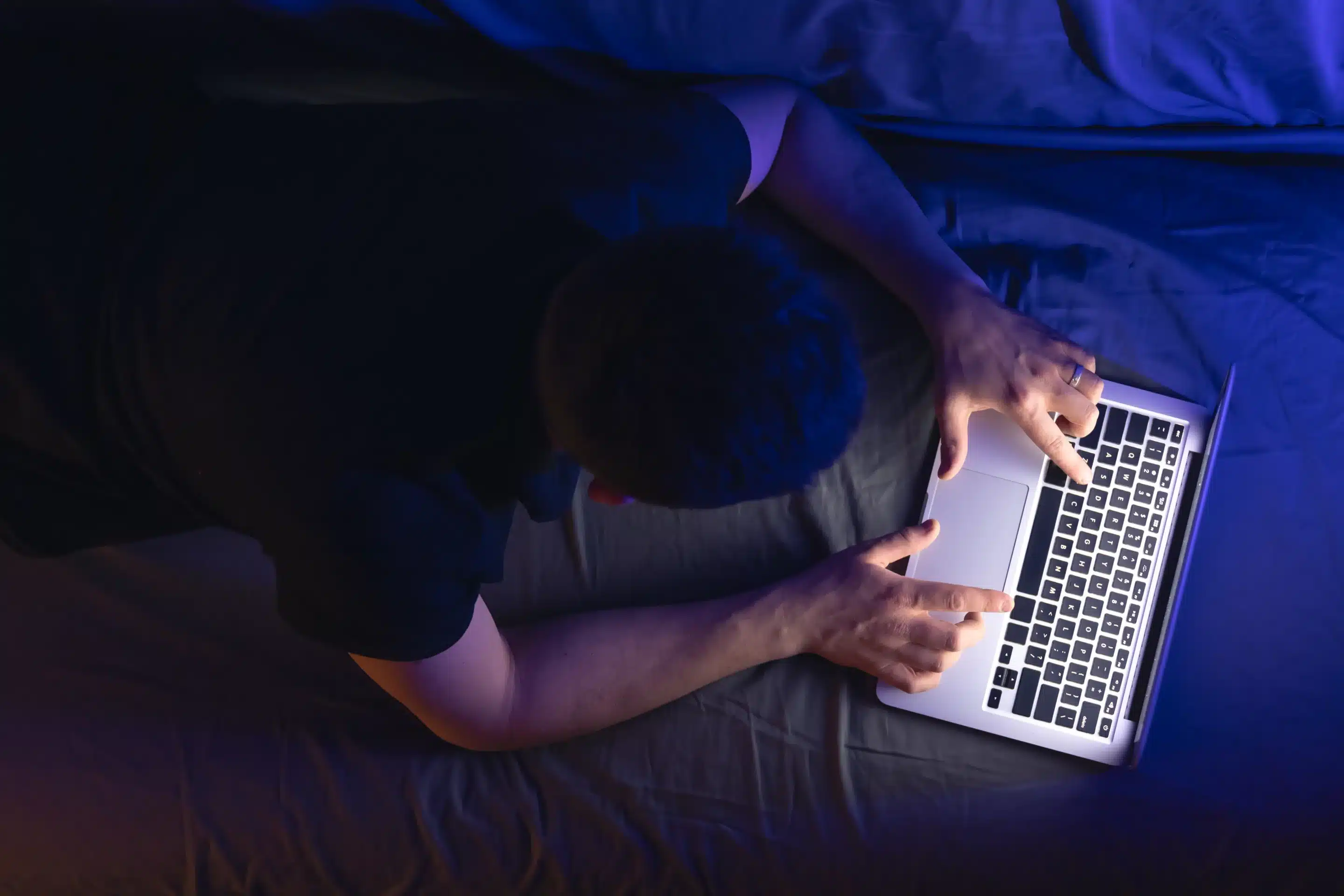
Recovery isn’t about willpower—it’s about strategy, self-awareness, and consistency. Here’s how to get started:
Identify your triggers. Are you using porn to cope with stress, boredom, or loneliness? Keeping a journal can help you understand your patterns.
Replace the habit. Explore healthier outlets like exercise, journaling, or creative projects.
Set clear limits. Use accountability tools, filters, or device restrictions to support your intentions.
Engage in therapy. Both CBT and ACT (Acceptance and Commitment Therapy) can help uncover and address core emotional drivers.
Build accountability. You don’t have to go it alone—support groups or trusted friends can offer encouragement and perspective.
Real-Time Support Through Telehealth
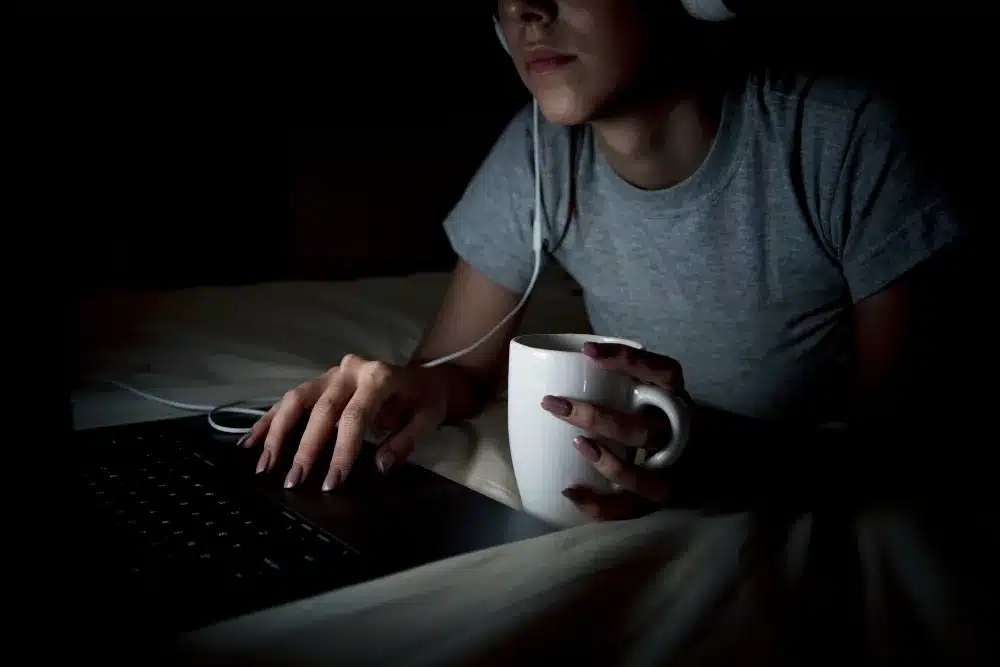
Shame and stigma often hinder people from seeking help. Telehealth offers a confidential path to recovery. At TelepsychHealth, you can access therapy and psychiatry from home—no waiting rooms, no stigma, and more convenience.
Online support also boosts consistency. With reminders, easier scheduling, and remote check-ins, the path to recovery becomes practical again. Learn more about our comprehensive Addiction Recovery Services—even though focused on nicotine, similar protocols apply.
Helpful Tips for Tracking Progress at Home
Keep a private log of your urges and how you respond to them. Even noting small wins—like delaying the urge by 10 minutes or replacing it with a walk—builds momentum and helps you see real change.
Summary
Porn addiction is not a sign of weakness—it’s a complex issue that requires compassion, insight, and practical support. By using evidence-based strategies—like identifying triggers, building accountability, and undergoing online psychiatric treatment—you can reclaim control of your behavior and rebuild your confidence. “Long-term recovery happens when therapy meets people in their everyday lives—when care is both accessible and emotionally safe,” says Dr. Bruce Bassi, M.D. If you’re ready to start healing and living with intention, support is available—and recovery is within reach.

 Bruce Bassi
Bruce Bassi